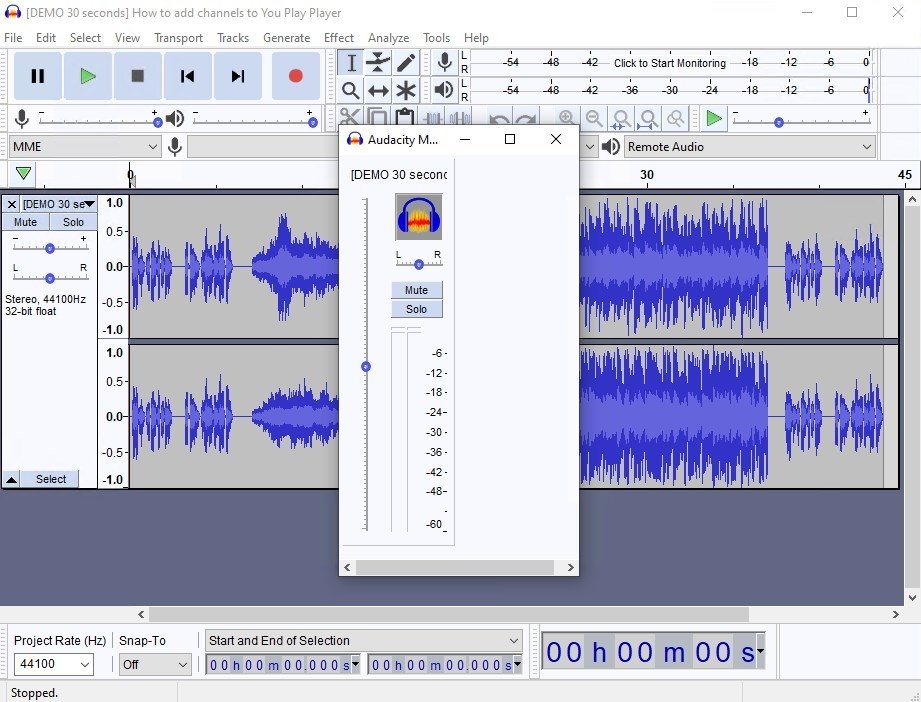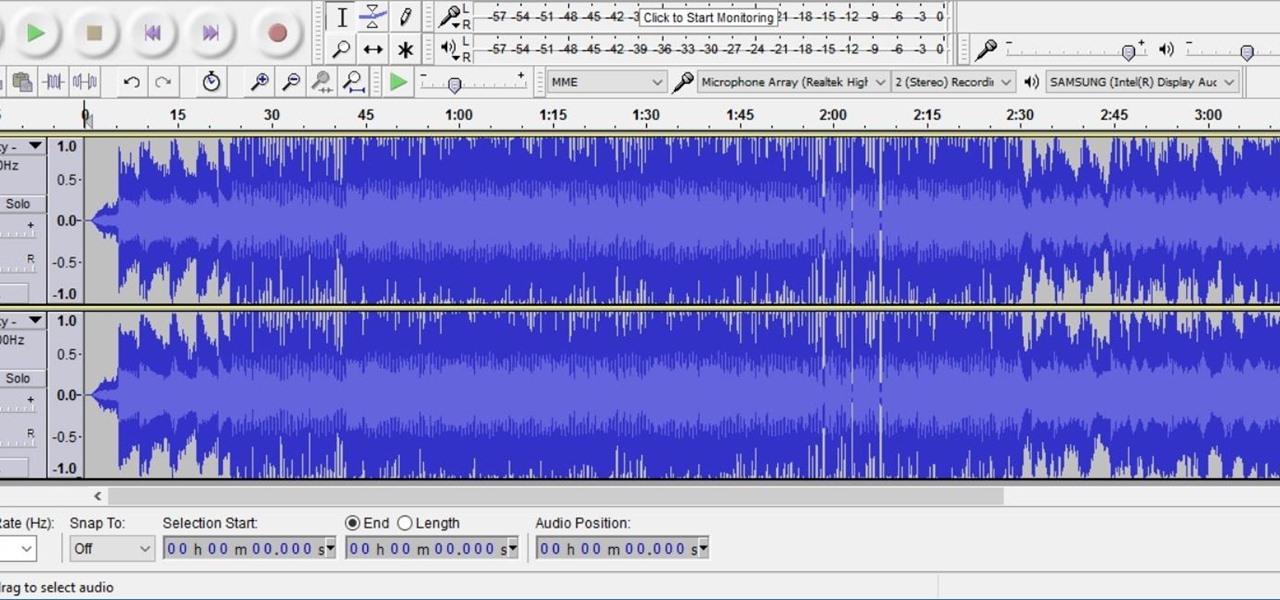
The vocoder process sends only the parameters of the vocal model over the communication link, instead of a point-by-point recreation of the waveform. It is this "dehumanizing" aspect of the vocoding process that has made it useful in creating special voice effects in popular music and audio entertainment.

Information about the instantaneous frequency of the original voice signal as distinct from its spectral characteristic is discarded it was not important to preserve this for the purposes of the vocoder's original use as an encryption aid. The decoder applies these amplitude control signals to corresponding amplifiers of the filter channels for re-synthesis.

Specifically, in the encoder, the input is passed through a multiband filterthen each band is passed through an envelope followerand the control signals from the envelope followers are transmitted to the decoder. To recreate speech, the vocoder simply reverses the process, processing a broadband noise source by passing it through a stage that filters the frequency content based on the originally recorded series of numbers. In simple terms, the signal is split into a number of frequency bands the larger this number, the more accurate the analysis and the level of signal present at each frequency band gives the instantaneous representation of the spectral energy content. This results in a series of signals representing these modified frequencies at any particular time as the user speaks. The vocoder examines speech by measuring how its spectral characteristics change over time. There is another set of sounds, known as the unvoiced and plosive sounds, which are created or modified by the mouth in different fashions. This basic sound is then filtered by the nose and throat a complicated resonant piping system to produce differences in harmonic content formants in a controlled way, creating the wide variety of sounds used in speech. The human voice consists of sounds generated by the opening and closing of the glottis by the vocal cordswhich produces a periodic waveform with many harmonics. The decoder portion of the vocoder, called a vodercan be used independently for speech synthesis. The vocoder has also been used extensively as an electronic musical instrument. The receiving unit needs to be set up in the same filter configuration to re-synthesize a version of the original signal spectrum. The advantage of this method of encryption is that none of the original signal is sent, only envelopes of the bandpass filters. Its primary use in this fashion is for secure radio communication.

By encrypting the control signals, voice transmission can be secured against interception. The vocoder was invented in by Homer Dudley at Bell Labs as a means of synthesizing human speech.


 0 kommentar(er)
0 kommentar(er)
